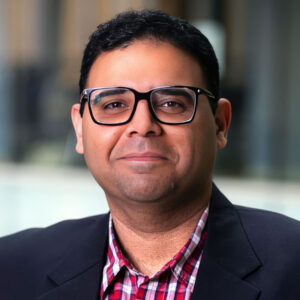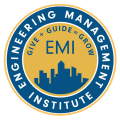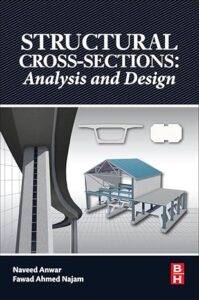In this episode, I talk with Dr. Fawad Ahmed Najam, lecturer at the University of British Columbia, about how open educational resources and digital learning tools, including AI in education, are transforming structural engineering education and preparing future engineers to design with purpose and build safer communities.
Engineering Quotes:
Here Are Some of the Questions We Ask Fawad:
- What role can open educational tools play in improving access to structural engineering education in underserved parts of the world?
- In which ways is engineering software changing how students learn and engage with digital learning tools?
- Why is it important for educators to ensure students understand the theory behind the engineering software they use?
- Which types of equations or methods are commonly used in structural engineering software programs?
- Where do you see AI in education, automation, and digital tools making the biggest impact on the future of structural engineering education?
- What approaches can educators use to help students ask the right questions when using AI tools?
- Can AI in education truly improve both classroom learning and the engineering profession, and if so, how should it be used?
- Which strategies have proven effective in keeping students engaged with complex topics like earthquake engineering and structural dynamics?
- What makes complicated engineering topics easier for students to understand and stay interested in?
- Why do foundational mechanics courses remain critical in today’s evolving structural engineering curriculum?
- Are any of the structural simulations or interactive games your students develop available publicly for others to explore and learn from?
- What final piece of advice would you give to students or young professionals who want to grow and make a difference in structural engineering?
Here Are Some of the Key Points Discussed About How AI in Education Is Transforming Structural Engineering Learning and Careers:
- Open educational resources provide global access to structural engineering education, especially where traditional textbooks and mentorship are unavailable. By sharing digital learning tools online, educators help students reach academic and professional goals.
- Structural engineering software introduces visual and interactive ways to learn, fostering intuition about structural behavior. This modern style bridges theory and practical application.
- Educators use engineering software experimentally to reinforce theory through cause and effect modeling, encouraging critical thinking and deeper comprehension.
- These programs rely on methods like finite element analysis, stiffness matrices, and load calculations. Understanding engineering software logic helps students interpret results and identify inconsistencies.
- AI in education enhances collaboration, personalized learning, and real-time engagement. While speeding up classroom and design processes, it still demands human judgment for meaningful decisions.
- Students learn to ask the right questions about AI tools through curiosity, guidance, and mentorship. This skill turns AI into a supportive resource rather than a replacement.
- AI in education improves structural engineering education by accelerating research, enabling instant feedback, and personalizing learning pathways. Engineers must still understand context and structural behavior for reliable outcomes.
- Engagement increases when students predict structural response and test it through simulations or structural engineering software. Discovery-based learning maintains interest and retention.
- Students create videos, blogs, or digital tools to explain concepts, deepening their grasp. Making knowledge tangible inspires creativity and lasting involvement.
- Foundational mechanics courses covering equilibrium and force distribution remain crucial throughout a structural engineer’s career. Even with advanced tech, these principles are indispensable.
- Simulations and engineering games are part of an ongoing teaching experiment with plans to publish them in an open digital exhibition, providing new avenues for immersive learning.
- Students and professionals should remember that structural engineering affects lives. Balancing fundamentals with social impact leads to contributions that truly matter.
More Details in This Episode…
About Dr. Fawad Ahmed Najam

He holds a Ph.D. in structural engineering from the Asian Institute of Technology and has previously served as an assistant professor at NUST, Pakistan. Dr. Najam is also known for his educational outreach, including his YouTube channel “Understanding Structures with Fawad Najam” and contributions to open educational resources. He regularly collaborates on international training programs and building code development efforts, notably contributing to the 2021 revision of the Building Code of Pakistan.
About the Host
Mathew Picardal, P.E., SE

Books Mentioned in This Episode:
Structural Cross-Sections Analysis and Design
Sources/References:
University of British Columbia
Understanding Structures with Fawad Najam
Fawad Najam’s website
SAP2000
ETABS
MIT OpenCourseWare
Connect with Dr. Fawad Ahmed Najam, on LinkedIn
AEC PM Certification
AEC PM Connect
Project Management Accelerator™
Engineering Leadership Accelerator™
Keynote Speaking
Please leave your comments or questions in the section below.








